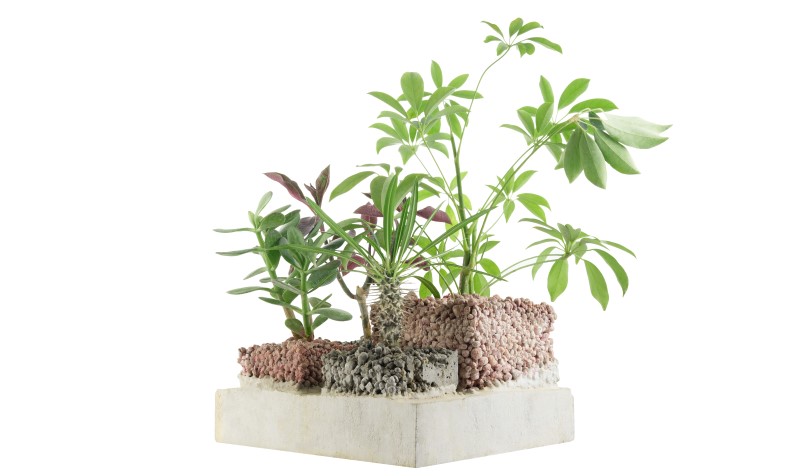Greenment Usability
Greenment provides an innovative solution for companies seeking to reduce their environmental impact by offering a range of sustainability-focused services and solutions.
The scope of green cement in the industry is promising, with increasing demand for sustainable construction practices and new innovations expanding the potential applications for this environmentally friendly alternative to traditional cement.
The scope is promising, as more and more companies are recognizing the importance of sustainable construction practices. With its lower environmental impact and potential for plant growth, green cement offers a viable alternative to traditional cement for a variety of applications. As governments and organizations around the world set targets for reducing carbon emissions, the demand for green cement is likely to increase. Furthermore, the development of new and innovative green cement products is likely to expand the scope of the industry even further, opening up new opportunities for sustainable construction and landscaping projects.
The broad range of applications for greenment highlights the potential of this environmentally friendly alternative to traditional cement. From construction to agriculture, urbanism, and beyond, green cement offers a sustainable solution for a variety of industries. The use of green cement in construction projects can help reduce the carbon footprint of the building industry, which is responsible for a significant portion of greenhouse gas emissions. The ability of green cement to absorb carbon dioxide from the atmosphere further enhances its potential for combating climate change.
Greenment also offers benefits for industries such as agriculture and urbanism, where sustainability and environmental impact are key considerations. The ability of green cement to promote plant growth and reduce soil use can benefit agricultural practices, while the use of green cement in urban landscaping projects can improve air quality and reduce the urban heat island effect. As more industries and sectors recognize the importance of sustainability and reducing their environmental impact, the potential for green cement is only set to increase.



